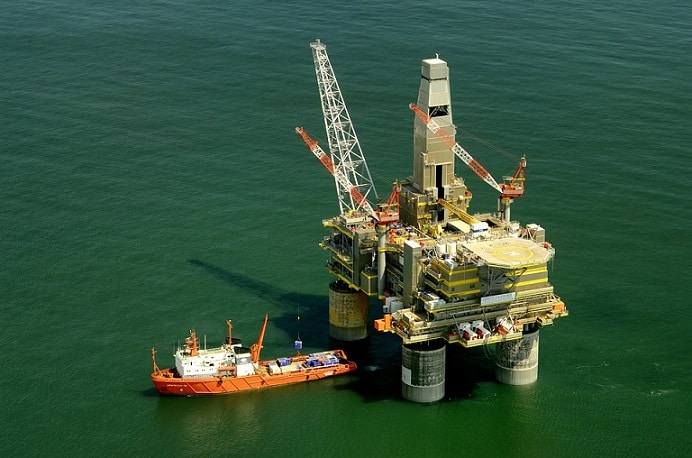Various countries and regions are sitting with massive water problems that are not caused by drought, floods or hurricanes but by hydraulic fracturing.
Hydraulic fracturing, or fracking, as it is more commonly known, uses and produces water at various stages. Fresh water or brackish water is sourced and transported to the well, mixed with proppants, and injected into the well to create cracks in the rock formations. This allows oil and gas to flow to the surface, along with water, which is much more than the oil flow.
This massive amount of dirty water is then trucked by contractors to disposal sites that are miles away from the well sites, creating heavy traffic on roads and incurring massive expenses.
According to research conducted by Barclays, based on Digital H20 data, the water use per well between 2013 and 2016 soared by a massive 434 % in the Permian, by 103 % in the Williston Basin (in the Bakken), and by 64 % in the Eagle Ford.
In the Permian, which has the highest amount of produced water among the major U.S. shale formations, the water-to-oil ratio is very high: For every barrel of oil produced last year, more than 6.5 barrels of water were produced.
Barclays says that although Texas has many disposal wells for Permian’s produced water, they may not be sufficient:
Next to profitability and safety, water may well be the next most important topic for an oil company, Laura Capper, chief executive officer at EnergyMakers Advisory Group in Houston, told Bloomberg. It has risen to the forefront over the last five years unlike anything I’ve ever seen.
Various companies are currently studying and preparing to develop water pipelines for shipping away this produced water. The pipelines for taking produced water away from the well sites could be a solution to alleviating the traffic jams, and reducing transportation costs will inevitably drive investment in pipeline infrastructure for both produced water and freshwater, reducing operating expenses down the line.
Buy water coolers and get water cooler rental from Living-Water.






